Learning Objectives
In this article, the author has explained the classification of organic compounds such as Acyclic compounds, cyclic compounds, aromatic compounds, and heterocyclic compounds.
The importance of chemistry is not hidden anymore. There are millions of organic compounds in the present era that are being used in multiple ways to improve lifestyle. Therefore, It becomes important to classify these organic compounds in an ordered way. Organic compounds are classified on the basis of the structure of their carbon skeleton.
Have a look at the following diagram to make a clear idea about the classification of organic compounds.
Watch the video lecture to better understand the Classification of organic compounds
Diagram for classification of organic compounds.
Table of Contents
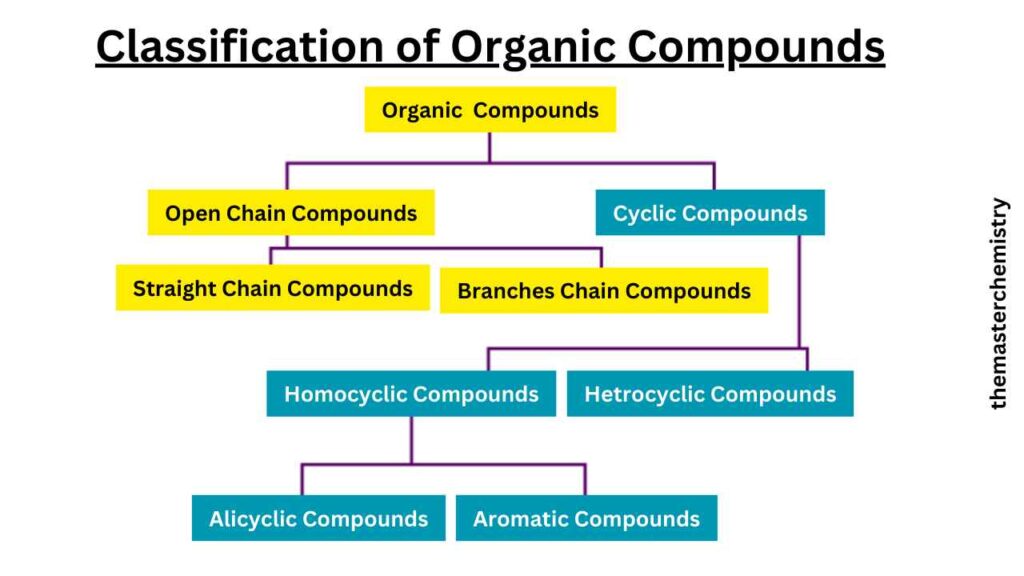
Now we will discuss all these types of organic compounds one by one.
Also read: Sources of organic compounds
Acyclic compounds or aliphatic compounds
Those organic compounds that have open chains of carbon atoms are known as acyclic or aliphatic compounds.
Definition of acyclic compounds
These compounds may be alkanes, alkene alkynes, or compounds having some sort of functional groups. The derivative of hydrocarbons having carbon-carbon single bond, double bond, and triple bond also include in these categories.
Examples of acyclic or aliphatic compounds
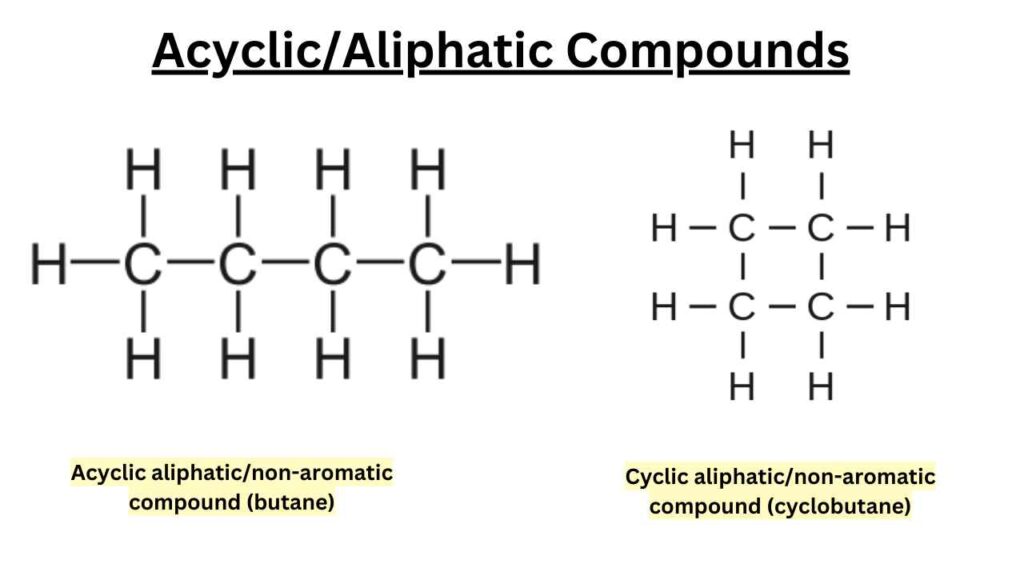
Branched-chain acyclic compounds
Organic compounds having open chains of carbon atoms with branching are known as branched-chain compounds.
Definition of branched chain acyclic compounds
These may be saturated, unsaturated, and having functional groups as well.
Cyclic compounds
Those organic compounds that consist of closed rings of carbon atoms and sometimes the closed rings having one or more atoms other than carbon atoms are known as cyclic compounds.
Definition of cyclic compounds
Examples of cyclic compounds
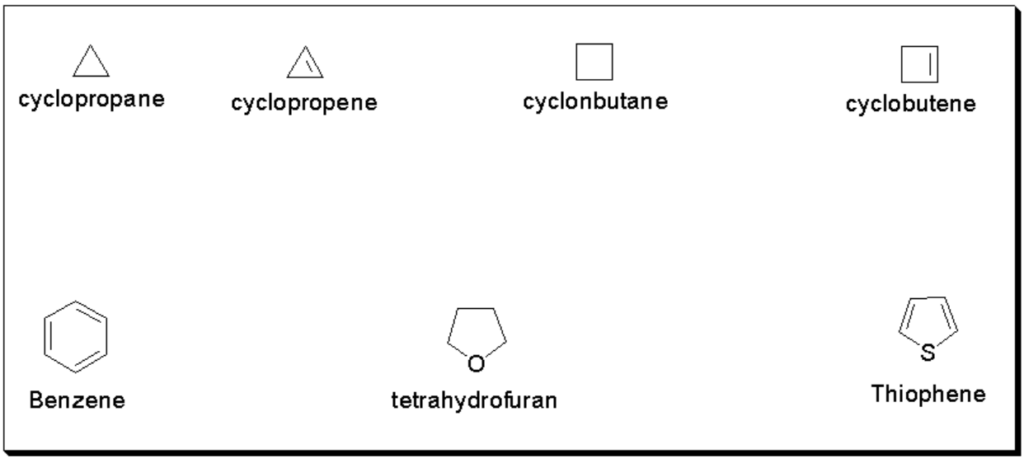
Cyclic compounds that contain only carbon atoms are called carbocyclic or homocyclic compounds.

Cyclic compounds that contain an atom other than carbon atoms in a closed ring are called heterocyclic compounds.
Aromatic compounds
Those organic compounds which contain at least one benzene ring are known as aromatic compounds.
Definition of aromatic compounds
If we talk broadly there are certain compounds which are aromatic but their aromaticity is due to a ring or rings other than benzene.
Aromatic compounds have alternate single and double bonds. In case of benzene ring any one of the hydrogen or all the hydrogens can be substituted to make the aromatic compounds. Following are all aromatic compounds.
Examples of aromatic compounds

The aromatic compounds may also contain more than one benzene ring.

Alicyclic compounds
Those carbocyclic organic compounds which are non-benzoid are called alicyclic compounds. These may be saturated or unsaturated.
Definition of alicyclic compounds
Examples of alicyclic compounds
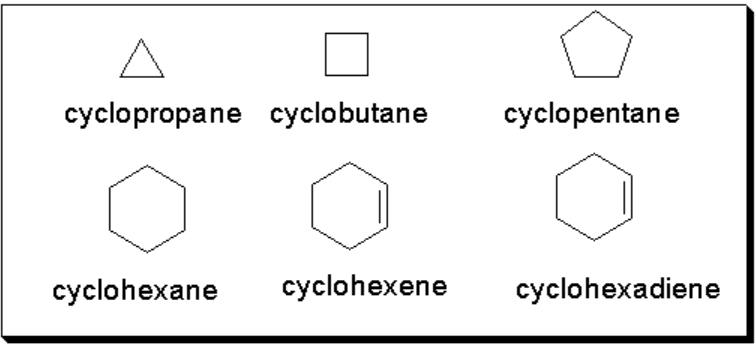
Heterocyclic compounds
Those compounds which have a closed ring of carbon atoms with one or more other elements in the ring are known as heterocyclic compounds.
Definition of heterocyclic compounds
Heterocyclic compounds have atoms other than carbons as nitrogen, oxygen sulfur. These atoms are called heteroatoms. Following are some important heterocyclic compounds.
Examples of heterocyclic compounds
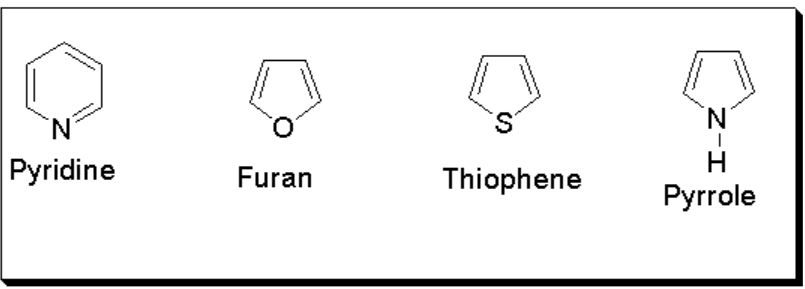
When any one of the hydrogens of these rings is substituted by other groups then the compounds are also called heterocyclic.